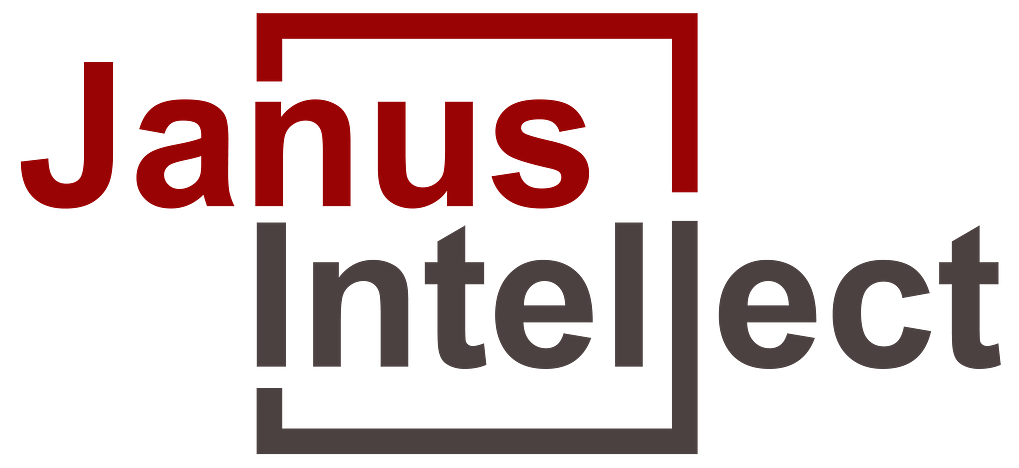Introduction
The Global Automotive Engine Market is set to surge from USD 115.06 Bn in 2023 to a projected USD 147.27 Bn by 2028, growing at a CAGR of 5.06%.
Segment Analysis of the Global Automotive Engine Market
The Automotive Engine market is segmented based on Placement, Fuel type, and Vehicle Type.
List of Companies
The report provides profiles of the key companies, outlining their history, business segments, product overview, and company financials. Some companies from competitive analysis are BMW Group, Continental AG, Cummins Inc., Daimler AG, and Others.
Key Developments
BMW Group announces that it will invest USD 11 Bn in electric vehicles and batteries in the USA over the next five years.– September 2023
Toyota announces that it will launch its first all-electric pickup truck, the Toyota Tacoma EV, in 2024.-August 2023
Frequently Asked Questions
How Much Is The Global Automotive Engine Market Size?
The Global Automotive Engine Market is set to surge from USD 115.06 Bn in 2023 to a projected USD 147.27 Bn by 2028, growing at a CAGR of 5.06%.
What Is The Major Global Automotive Engine Market Driver?
- Increasing Disposable Income
- Rising Requirement for Enhanced Engine Performance
What are the Major Automotive Engine Market opportunities?
- Heavy Investment in R&D
- Development of New Engine Technologies
Which Region Held The Highest Share of the Automotive Engine Market?
North America and Europe are the leaders in the Automotive Engine Market.
Who Are The Automotive Engine Market Players?
AB Volvo, BMW Group, Continental AG, Cummins Inc., Daimler AG, etc.
1. Introduction
1.1 Scope of the Study
1.2 Purpose of the Study
1.3 Limitations of the Study
1.4 Currency
2. Executive Summary
2.1 Market Definition
2.2 Market Size and Segmentation
2.3 Insights for CXOs
3. Market Forces
3.1 Drivers
3.1.1 Rising Disposable Income
3.1.2 Demand for Enhanced Vehicle Performance
3.2 Restraints
3.2.1 Strict Emission and Fuel Economy Standards
3.2.2 High Initial Cost
3.3 Opportunities
3.3.1 Hefty R&D Investments and Development of New Technologies
3.3.2 The Emergence of Hydrogen Engines
3.4 Challenges
3.4.1 Demand for Electric Motors
4. AI and Sustainability Footprints
4.1 Market Trends of AI and Sustainability
4.2 Application of AI - AI Adoption Levels
4.3 Environmental and Emission Reduction Initiatives
5. Market Analysis
5.1 Government Regulations
5.2 Patent Analysis
5.3 PESTLE Analysis
5.4 Porter's Five Forces Analysis
5.5 Pricing Analysis
5.6 Technology Trends
6. Market Segmentations
6.1 Global Automotive Engine Market, By Placement
6.1.1 Market Overview, Size and Forecast
6.1.2 In line engine
6.1.3 V type engine
6.1.4 W-engine
6.2 Global Automotive Engine Market, By Fuel Type
6.2.1 Market Overview, Size and Forecast
6.2.2 Gasoline
6.2.3 Diesel
6.2.4 Other Fuel
6.3 Global Automotive Engine Market, By Vehicle Type
6.3.1 Market Overview, Size and Forecast
6.3.2 Passengers car
6.3.3 Commercial Vehicle
7. Region Analysis of the Global Automotive Engine Market
7.1 Americas
7.1.1 Brazil
7.1.2 Canada
7.1.3 Mexico
7.1.4 US
7.1.5 Others
7.2 Europe
7.2.1 France
7.2.2 Germany
7.2.3 Italy
7.2.4 Russia
7.2.5 United Kingdom
7.2.6 Others
7.3 Middle East & Africa
7.3.1 Israel
7.3.2 Nigeria
7.3.3 Saudi Arabia
7.3.4 South Africa
7.3.5 UAE
7.3.6 Others
7.4 Asia
7.4.1 Australia – New Zealand
7.4.2 China
7.4.3 India
7.4.4 Japan
7.4.5 South Korea
7.4.6 Others
8. Market Success Strategies
8.1 Best Marketing Practices
8.2 Market Entry Strategies
9. Competitive Analysis
9.1 AB Volvo
9.2 BMW Group
9.3 Continental AG
9.4 Cummins Inc.
9.5 Daimler AG
9.6 Denso Corporation
9.7 Deutz AG
9.8 Fiat Automobiles
9.9 Ford Motor Company
9.10 Geely Auto Group
9.11 General Motors
9.12 Honda Motor Company
9.13 Hyundai Motor Group
9.14 Kohler Co.
9.15 Mahindra & Mahindra
9.16 Mclaren Motors
9.17 Mercedes-Benz
9.18 Mitsubishi Heavy Industries
9.19 Renault Group
9.20 Robert Bosch GmbH
9.21 Rolls-Royce
9.22 SAIC Motor
9.23 Toyota Motor Corporation
9.24 Volkswagen Group
9.25 Weichai Power
9.26 Yanmar Holdings
10. Case Studies
10.1 Analysis of Successful Companies
10.2 Lessons from Market Failures
11. Appendix
11.1 Research Methodology
11.2 Assumptions for the Report
11.3 List of Abbreviations




